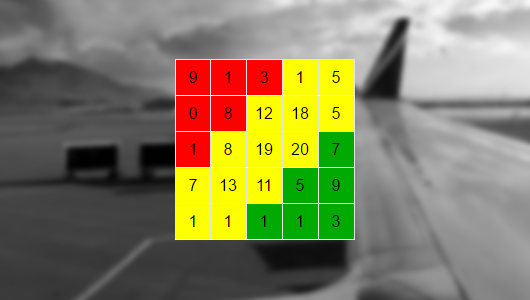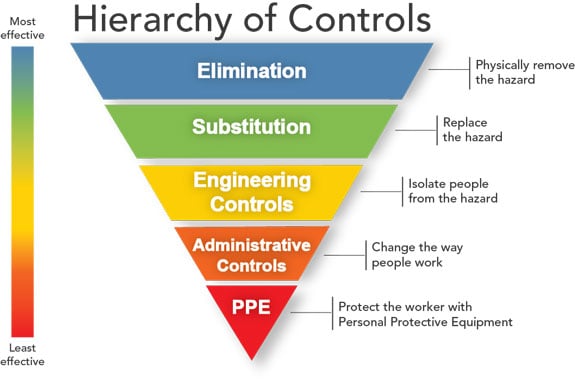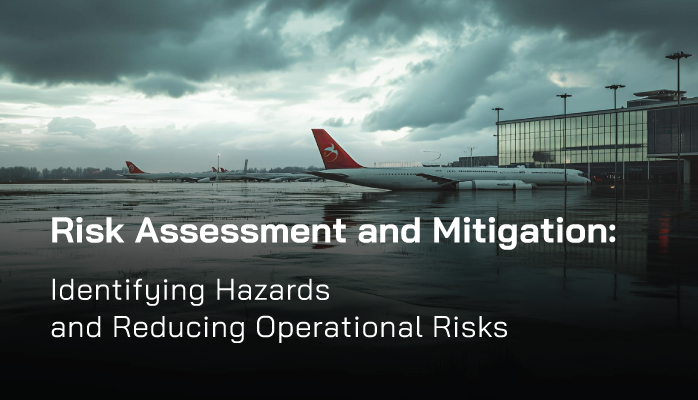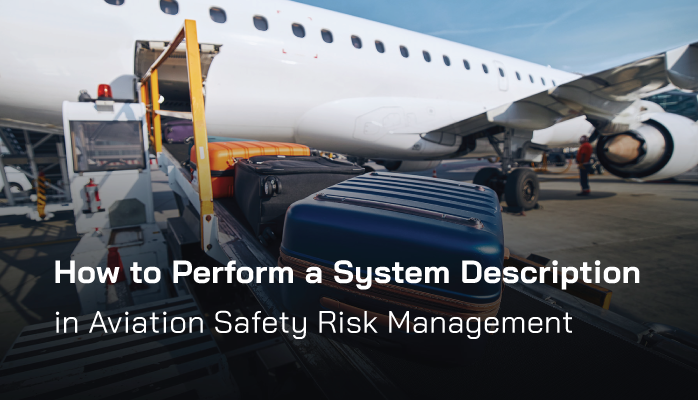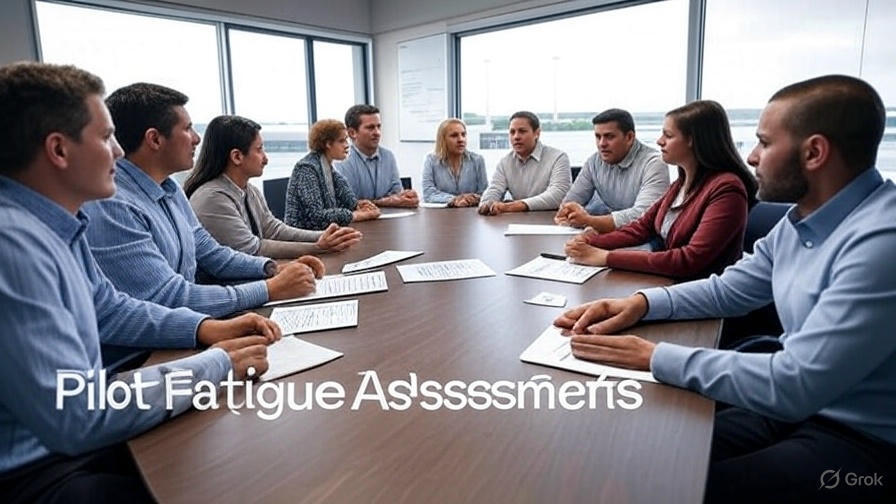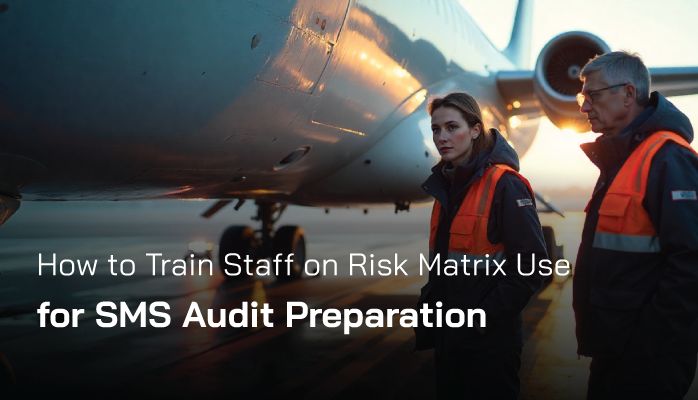In the high-stakes world of aviation, where safety is paramount, a robust Safety Management System (SMS) is essential for identifying and mitigating risks to prevent incidents. For aviation safety managers and accountable executives—senior leaders responsible for SMS oversight—prioritizing mitigation efforts efficiently is a critical challenge. The risk matrix, a cornerstone tool in aviation safety risk management, provides a structured method to assess and prioritize risks based on their severity and likelihood. By enabling data-driven decisions, the risk matrix ensures resources are allocated effectively to address the most critical hazards.
